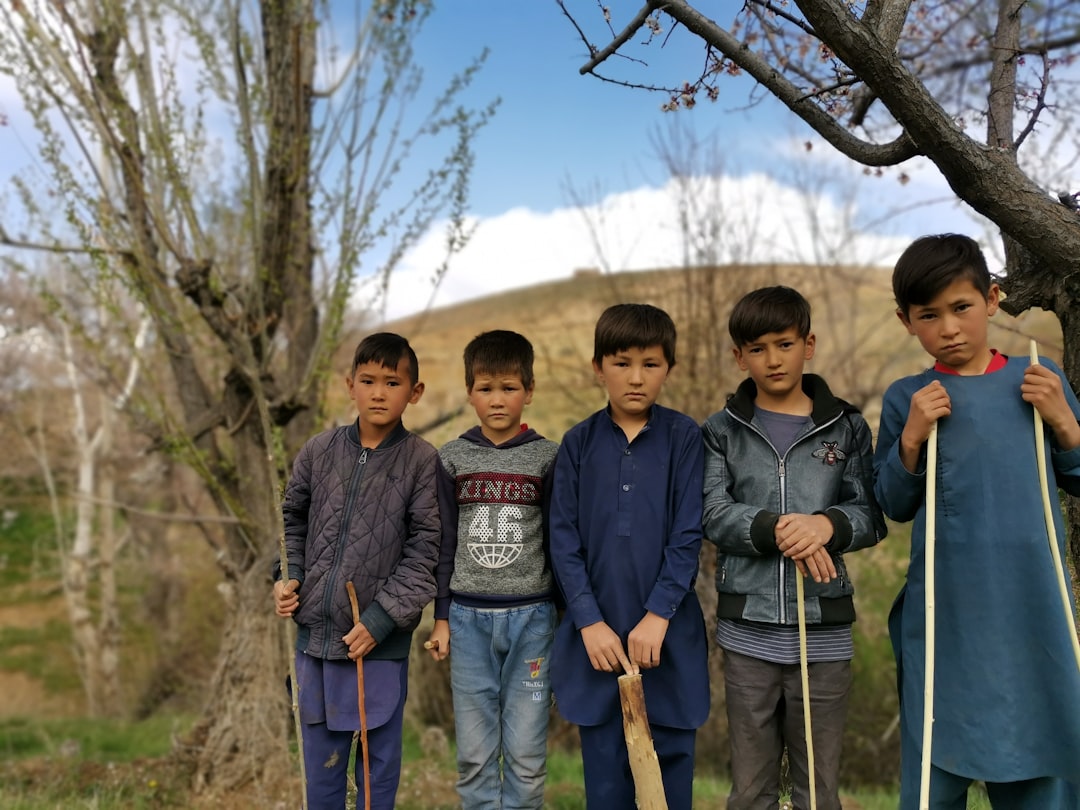Hakīm Abū al-Majd Majdūd ibn Ādam Sanā’ī Ghaznī (c. 1080–1131) occupies a pivotal place in Persian literary history. Revered as one of the earliest Sufi poets to weave mystical philosophy directly into Persian verse, Sanai’s influence rippled through generations—most notably inspiring Attar of Nishapur, who in turn shaped Jalāl al-Dīn Rūmī. In Sanai, we see the emergence of a poetic voice that blends ethical teaching, divine love, and spiritual psychology in a manner that would become central to the great Sufi traditions to follow.
A Life in Ghazni and Beyond
Born in the flourishing Ghaznavid court city of Ghazni (in modern-day Afghanistan), Sanai was a trained physician—a role he shared with contemporaries like Rumi’s father. His title “Hakīm” (physician or sage) reflects his dual commitment to healing both body and soul. Though details of his biography remain sparse, traditional accounts place him at the court of Sultan Masʿūd III, where he served as a scholar-poet before retreating to a life of spiritual teaching.
The Walled Garden of Truth: A Literary Milestone
Sanai’s magnum opus, Ḥadīqat al-Ḥaqīqa wa Shariʿat al-Ṭarīqa (“The Walled Garden of Truth and the Law of the Path”), composed around 1121 CE, is one of the earliest extensive works of Persian Sufi poetry.
-
Structure and Style
Divided into sections on metaphysics, ethics, the stages of the spiritual path, and the nature of Divine love, the Garden employs rhyming couplets (mathnawī)—a form later perfected by Rumi. Sanai’s diction is direct yet richly allusive, drawing on Quranic imagery, Persian folklore, and everyday life. -
Key Themes
-
Unity of Being: Sanai emphasizes the essential oneness of God and creation, urging readers to move beyond formal ritual to direct experiential knowledge.
-
Divine Love: Love is the driving force of the cosmos. In one couplet:
“If you see the dust of separation on your cheek,
Know that it was sown by self’s evil wink.”
Here, “dust” symbolizes the ego’s veil, and “separation” the alienation from the Beloved. -
Ethical Conduct: Sanai does not divorce mysticism from morality. He stresses justice, generosity, and sincerity as prerequisites for spiritual progress.
-
Bridging Classical Ethics and Mystical Vision
Before Sanai, Persian panegyric and didactic poetry often dealt with courtly praise, practical wisdom, or romantic themes. Sanai fused these strands, creating a new poetic paradigm in which:
-
Ethical Teaching Becomes Mystical
Verses on honesty or charity serve double duty—as moral instruction and as symbols of inner purification. -
Mysticism Enters the Vernacular
Instead of complex philosophical treatises in Arabic, Sanai chose Persian couplets accessible to a broader audience of seekers. -
Narrative and Symbol
Parables of birds, gardens, and wine become vehicles for exploring states of the soul—a model Rumi would later expand in The Masnavi.
Influence on Attar and Rumi
-
To Attar
Farīd ud-Dīn Attar of Nishapur (c. 1145–1221) drew heavily on the Ḥadīqa’s structure and themes, deepening its allegorical approach in works like The Conference of the Birds. Sanai’s integration of legal and mystical “paths” gave Attar a framework for mapping the soul’s pilgrimage in elaborate fable. -
To Rumi
Jalāl al-Dīn Rūmī (1207–1273), though born decades after Sanai’s death, inherited the mathnawī form pioneered in the Ḥadīqa. Rumi’s monumental Mathnavi-ye Ma‘navi mirrors Sanai’s blend of teaching and story, but amplifies it with ecstatic lyricism. In his introduction to the Masnavi, Rumi even recounts how earlier sages’ pearls—like those of Sanai—laid the groundwork for his own spiritual message.
Enduring Relevance
Why read Sanai today?
-
Foundation of Sufi Poetics: As the bridge between classical Persian ethics and later mystical epics, Sanai helps us trace the evolution of one of the world’s richest poetic traditions.
-
Timeless Moral Vision: His insistence that compassion, justice, and inner sincerity form the bedrock of any spiritual life resonates across cultures and eras.
-
Elegant Simplicity: Free of overwrought ornament, Sanai’s couplets cut straight to the heart, making them ideal entry points for modern readers exploring Sufi literature.
Conclusion
Sanai of Ghazni may not enjoy the global fame of Rumi, but his Ḥadīqat al-Ḥaqīqa stands as the cornerstone of Persian mystical poetry. By crafting a luminous garden in which ethical precepts and divine love intertwine, Sanai opened a path that artists and seekers like Attar and Rumi would walk for centuries. To journey through his verses is to witness the birth of a poetic mode that celebrates both the Law and the ineffable Mystery—an inheritance that continues to guide hearts toward the Beloved.





